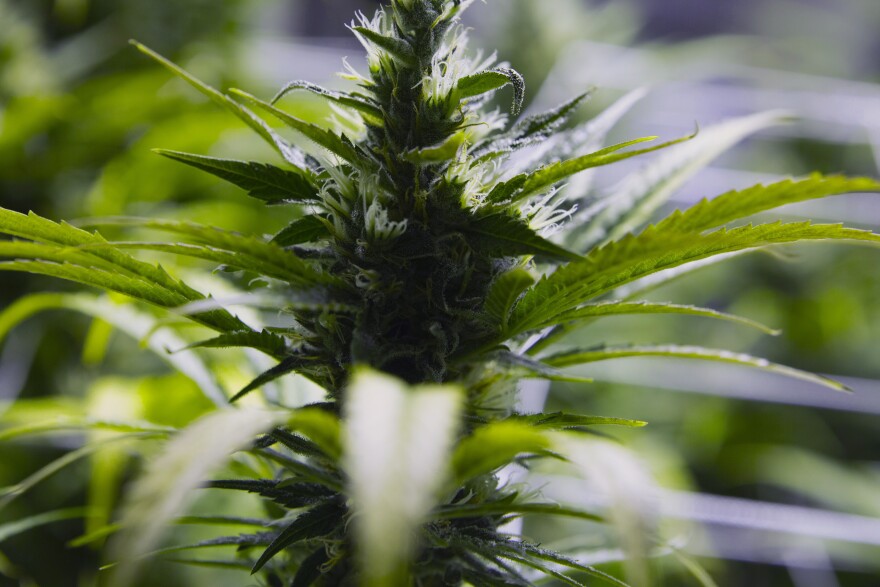Embarking on the journey to restore a fuller head of hair through transplant surgery marks a significant step towards regaining confidence and embracing a new chapter of self-assurance. While the transplant procedure itself is pivotal, the post-transplant care phase plays a crucial role in ensuring optimal results and long-term hair health. At Virginia surgical center , we recognize the importance of guiding patients through this journey with comprehensive post-transplant care guidelines. In this article, we’ll explore essential strategies designed to promote healthy locks and maximize the success of the transplant.
1. Gentle Scalp Care:
After a hair transplant, it’s essential to treat the scalp with care to promote optimal healing and hair growth. Patients should gently cleanse their scalp as instructed by their surgeon using a mild shampoo. Avoiding vigorous scrubbing or rubbing of the scalp helps prevent dislodging of grafts and minimizes the risk of infection.
2. Protect from Sun Exposure:
UV radiation can be detrimental to the healing process and may damage newly transplanted hair follicles. Patients are advised to protect their scalp from direct sunlight by wearing a hat or applying a sunscreen with a high SPF. This precautionary measure helps prevent sunburn and ensures the longevity of the transplanted hair.
3. Avoid Strenuous Activities:
Engaging in strenuous activities immediately following a hair transplant can disrupt the healing process and compromise the success of the procedure by Virginia surgical center ,. Patients should refrain from activities such as heavy lifting, vigorous exercise, or anything that may cause excessive sweating. Opting for light activities and avoiding situations that increase blood flow to the scalp promote optimal healing.
4. Follow a Nutrient-Rich Diet:
Nutrition plays a vital role in supporting hair growth and overall well-being. Patients are encouraged to follow a balanced diet rich in vitamins, minerals, and protein to promote optimal recovery and enhance the results of the transplant. Incorporating fruits, vegetables, lean proteins, and whole grains into their diet provides essential nutrients for healthy hair follicles.
5. Attend Follow-Up Appointments:
Regular follow-up appointments with the surgeon are essential for monitoring progress and addressing any concerns during the recovery period. These appointments allow the surgeon to assess the healing process, provide guidance on post-transplant care, and ensure optimal outcomes. Patients should adhere to their scheduled appointments to receive personalized care and support.
6. Be Patient and Realistic:
Hair transplant results take time to fully develop, and it’s essential for patients to remain patient and realistic throughout the recovery process. Initial shedding of transplanted hair is normal, and new hair growth will gradually emerge over time. Trusting the process and maintaining realistic expectations are key to achieving the best possible results.
Conclusion:
The journey to healthy locks extends beyond the transplant procedure itself and requires a commitment to comprehensive post-transplant care. ByVirginia Surgical Center, following these guidelines provided by Virginia surgical center , patients can promote optimal healing, enhance the results of the transplant, and enjoy long-lasting, natural-looking hair growth. Remember, nurturing healthy locks is a journey that requires patience, diligence, and a commitment to self-care.


